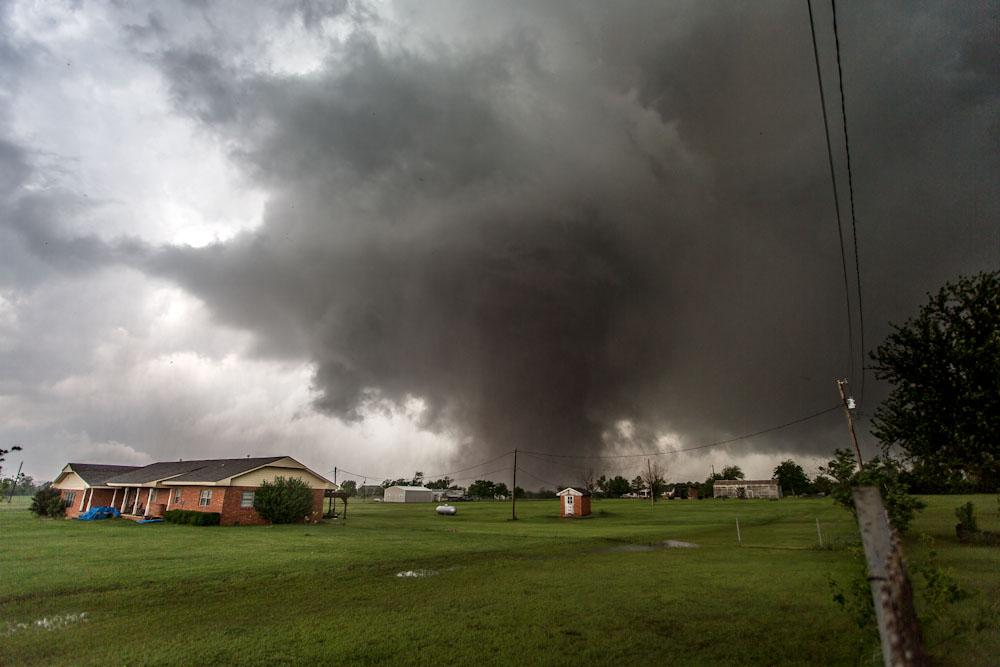Violent spring weather has caused devastation across the United States in recent weeks. Though meteorologists say the saw the worst is over, stormy weather is still expected in the Northeast and mid-Atlantic.
Wildfires north of Los Angeles and in New Mexico were 20 percent contained as of Sunday evening.
Being aware of how to prepare for extreme weather, and dangers such as wildfire caused in part by drought, could prevent property damage, injury, and loss of life. Following weather updates through the National Weather Service and local agencies or news outlets, and following some of the preparation tips presented here, could help prevent disaster.
This is not a comprehensive list of safety measures, and consulting with expert organizations and agencies for further information is recommended.
To prepare for all kinds of extreme weather, the Federal Emergency Management Agency (FEMA) suggests making a family communication plan, outlining how everyone will get to a safe place, and what action plan to follow in various scenarios. For more guidance on creating a plan, information is available through FEMA.
FEMA also advises having enough medical and food supplies to last at least 72 hours, as well as a weather radio.
Weather radios pick up broadcasts from the National Weather Service that are not picked up by AM/FM radios. Weather radios are available at many department stores, or stores that sell electronics, sporting goods, and boat and marine accessories.
Flooding
Move valuable items to upper levels; cover basement furniture with thick tarps.
Do not drive in flooded areas.
Standard house insurance does not cover flooding. Be aware of flood risk in your region and consider insurance. Areas that do not have a history of flooding are not necessarily risk-free, as many changing factors can cause flooding. The National Flood Insurance Program has compiled regional flood risk information in maps on its website.
If your area is high-risk, consider elevating your furnace, water heater, and electric panel. Check-valves could prevent water from backing up into the drains in your home.
Strong Winds
Stay away from trees, especially trees creaking in the wind. Avoid parking cars near trees. Remove dead or rotting trees and branches on your property.
Bring items in from outdoors that could blow away and be damaged or cause damage.
Tornadoes
Move to the basement or a windowless room, such as a closet.
Follow updates on the strength or classification of the tornado to understand the risk.
Look for signs of danger, including a dark, greenish sky; large hail; a large, low-lying, rotating cloud; an exceptionally loud rumbling.
Wildfires
Select plants for your property that are fire-resistant. For example, fir trees and eucalyptus trees are less likely to fuel a fire than pine.
Use fire-resistant materials on the exterior of your home or treat combustible materials with fire-retardant chemicals approved by Underwriters Laboratories or another nationally recognized laboratory.
Clean roof and gutters.
Keep fire extinguishers on hand and know how to use them.
remove items around your house that could easily burn, such as woodpiles, to a safe distance.
For more tips on preparing for wildfires check www.firewise.org.





